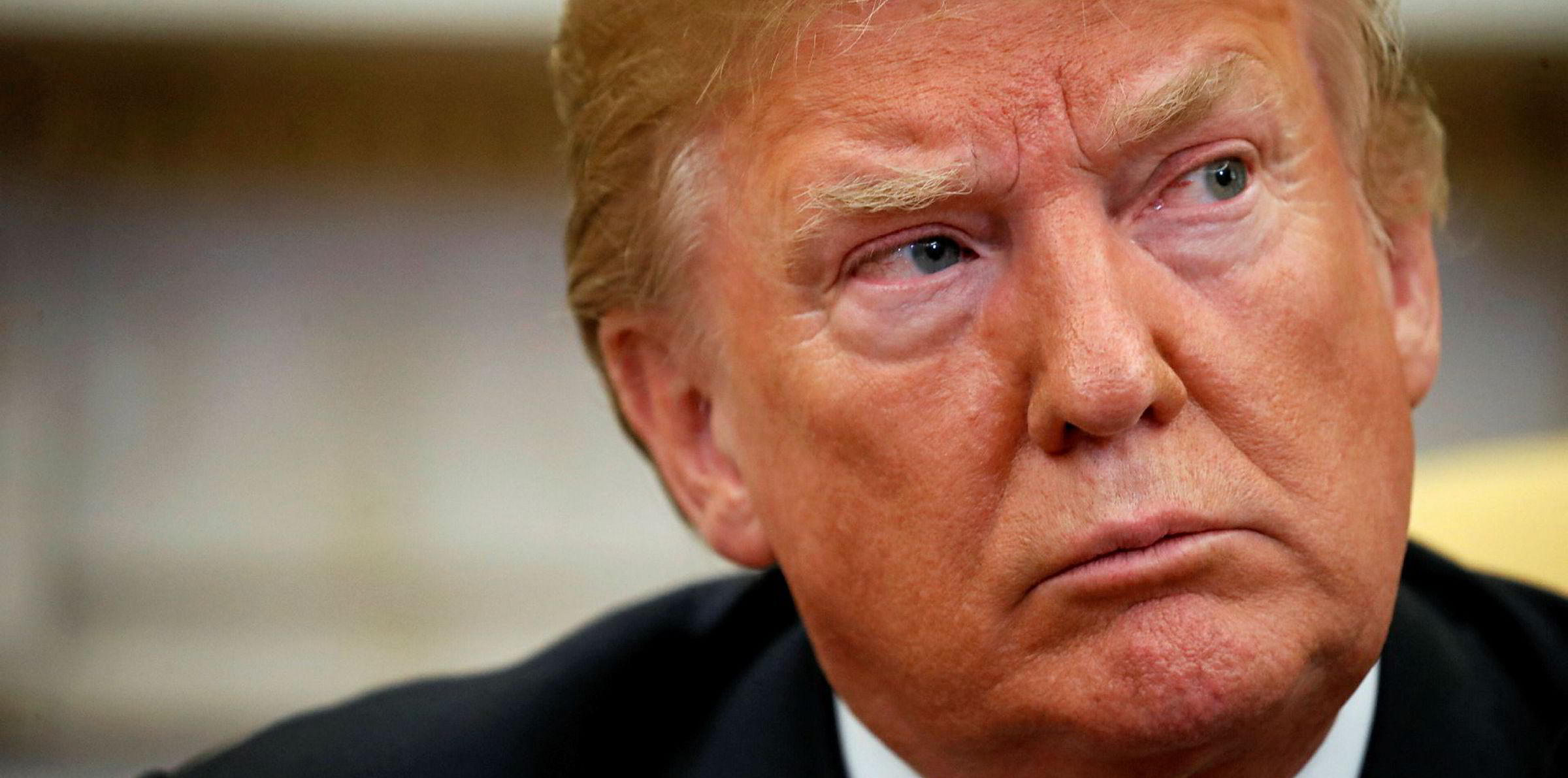Container lines are debating whether to cut back on transpacific capacity following an escalation in the tariff war between the US and China, according to consultancy Drewry.
It said: "Just when ocean carriers thought it was safe to go back in the water all it took was a couple of tweets to throw the transpacific market back into chaos."
It had seemed that the flames of the trade war between the US and China were being doused following talks between the two sides that promised to deliver an accord, only for that cosy assumption to be shattered when president Donald Trump took to social media, the company added.
Frustrated by a perceived lack of progress, Trump announced that all existing tariffs would almost immediately be set at 25%, while also preparing the ground for all so-far untouched goods to get the same treatment.
Drewry said it remained to be seen how carriers would react.
But they will be wary of how average ship utilisation fell during the first quarter and the impact it had on spot rates that dropped to their lowest point since June 2018 in March, it added.
"The mini-recovery in rates in April that has mostly held during May indicates that ships are fuller now, but we expect that carriers will be considering some capacity retrenchment to counter potential lost traffic as a result of the trade war," it said.
"Demand growth prospects in the transpacific are significantly weaker than they were a few weeks ago. Carriers will be debating whether to draw back on capacity needs as we speak."
No repeat of rate boost
Shipping lines operating in the Asia to US trade fared well out of the chaos last year as, despite some operational challenges, they benefited from rapidly escalating freight rates as shipments were front-loaded to beat tariff deadlines.
It is unlikely they will be beneficiaries this time around, Drewry warned.
"Containerised goods were less exposed to the extra duties last year, mostly residing in the second tranche at 10% and virtually offset by a devaluation of the Chinese currency, meaning that demand for Chinese goods moved in containers continued to rise," it said.
That would not be the case if the tariff blanket rises to 25% for all goods and some reduction in demand has to follow, Drewry argued.
The company calculates that a 10% increase in US import prices of goods from China results in a 6% decline in teu volume from China to the US over time, holding all other factors constant.
With tariffs of 25%, the potential teu contraction would be around 15% for that leg alone.






